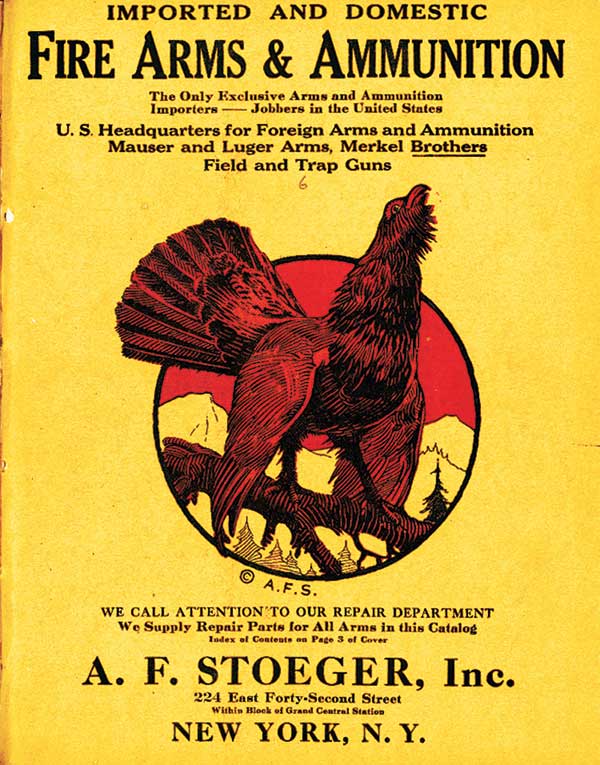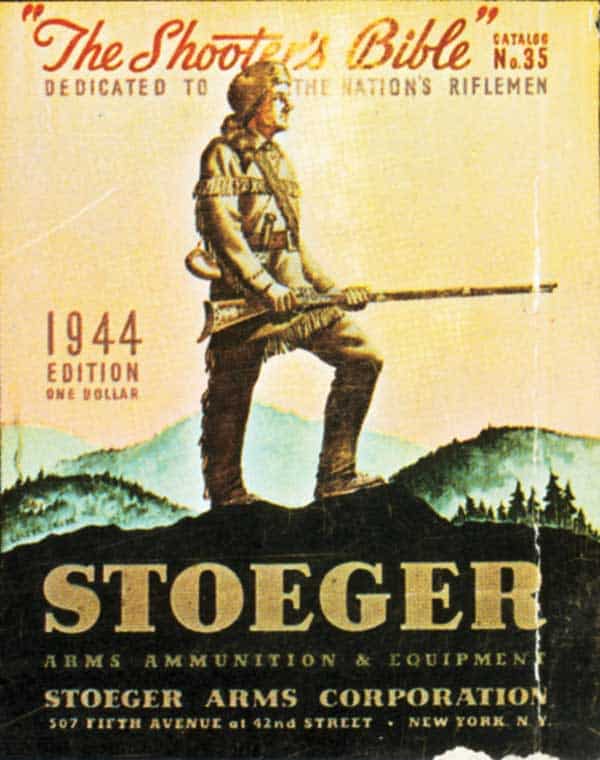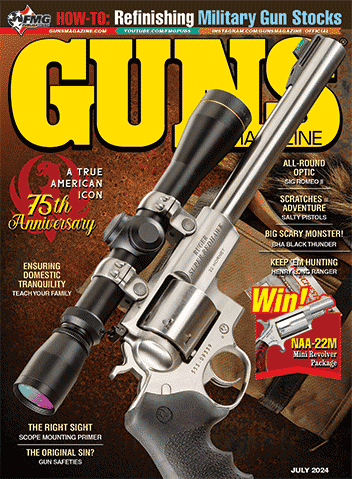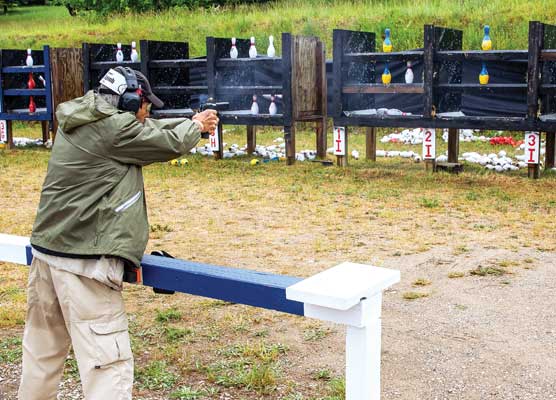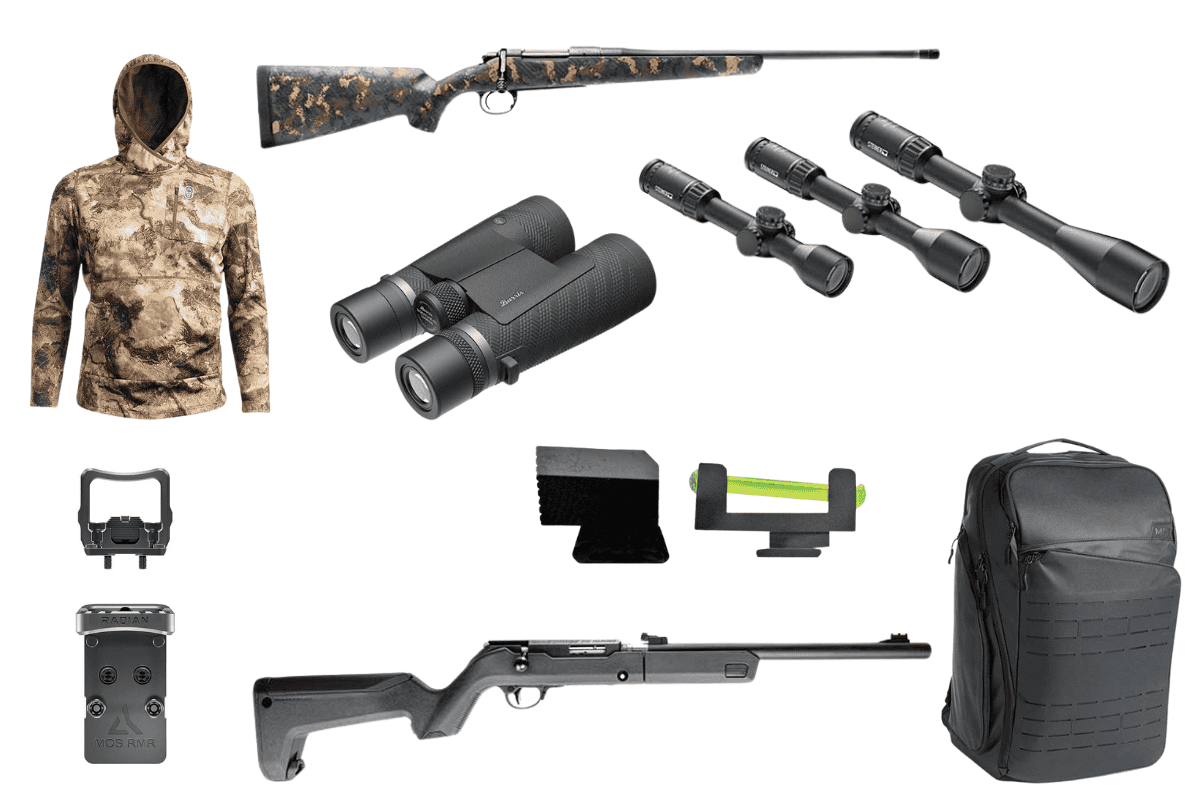Happy 100th Birthday, Stoeger
An American Dream Story
My memory was jogged when a hunting buddy told me Stoeger Firearms was celebrating their 100th anniversary. There is a famous quotation, “Yesterday’s the past, tomorrow’s the future, but today is a gift. That’s why it’s called the present.” Stoeger’s present is the story of an Austrian family living the American Dream and leaving a legacy of quality, affordable shotguns.
In The Beginning
The story starts in the post-World War I era when Alexander F. Stoeger, his wife Lydia, and their three children traded Vienna for New York City. Stoeger observed there was no shortage of high-quality American firearms and supplies offered by a wide variety of domestic manufacturers. But what if a customer wanted a European firearm? They were out of luck, and this need became the one that Stoeger sought to fill.
In 1922, he signed a contract to be the exclusive North American importer of Luger Arms and Ammunition. Stoeger ordered 2,500 Luger pistols and set about finding a showroom. He was successful, and opened a brick-and-mortar retail store at 244 East 42nd Street in midtown Manhattan. To service the immediate demand, Stoeger brought in several lines of shotguns. Models ranged from Parker Bros, A.H. Fox, L.C. Smith, Winchester, Remington, Ithaca, Iver Johnson and Greener. He began marketing the Lugers and other products through a published price list. His success was so quick Stoeger added another unique foreign firearm, the German Mauser. As with the Luger, Stoeger was the official representative, too.
Selling on margin was a good start, but the entrepreneur knew it would only take him so far. He looked for another gap to fill. Stoeger knew hunting was popular but there also was a new shooting game holding everyone’s attention — Skeet. Stoeger noticed the sport’s rapid growth and began manufacturing his own shotguns for those shooters. Those shotguns were rugged, simple, dependable and reasonably priced.
Those initial side-by-side shotguns were made in Germany. They were high quality with fluid steel barrels and a ruggedly simple Anson & Deeley design. Self-cocking, hammerless designs were included in an affordable price. Sportsmen loved ’em so much they made A. F. Stoeger, Inc. “the largest supplier of firearms in New York.”
This was big news because two well-established firearm companies had been dominating the market. The first was the original Abercrombie & Fitch, which appealed to the well-heeled sportsman and opened in 1892. The second was Little Italy’s John Jovino Gun Shop founded in 1911. Today, A&F sells underwear and the John Jovino Gun Shop is closed. Stoeger Firearms is the only one of those original companies still in business.
Roaring ’20s
In the mid-1920s, Stoeger replaced his pricelist with the Imported and Domestic Fire Arms and Ammunition catalog and used an innovative approach. Stoeger’s book included content explaining the products’ features as well as how to best use them. Other helpful information such as hunting seasons by state and technical data about loads morphed into a second business opportunity of sporting/outdoor publishing. Stoeger’s catalog grew into the title known today as the The Shooter’s Bible. It may be among the earliest examples of “content marketing.”
The company’s rapid growth in firearm sales was paused due to supply chain issues as a result of World War II. To stay in business, Stoeger diversified and offered products like ski equipment, ping pong tables and chess boards. The company didn’t just survive, it thrived.
Stoeger passed away in 1945 and his son A. F. Stoeger, Jr. took over. Not all second and third generations favor the family business, and the Stoegers were no different. The children steadily migrated away from the sporting pursuits, first by relocating its Manhattan showroom to Long Island and then on to New Jersey. By 1990, the Stoeger family sold their firearms and publishing businesses to the Finnish rifle manufacturer Sako Ltd. A decade later, all Sako companies were acquired by Beretta Holding S.A. who owns Stoeger Firearms today.
Keith Heinlein, a lifelong sportsman from Maryland, has been designing Stoeger shotguns for decades. “There are five brands that fall under the Benelli USA umbrella,” he said. “They are Benelli, Franchi, Stoeger, Uberti and Chapuis. All five brands appeal to enthusiasts. Our customers are serious shooters and hunters who use their shotguns regularly. Since its beginning, the Stoeger brand has been positioned as a ruggedly affordable and dependable shotgun. One hundred years later, that still is true.”
One of Heinlein’s first initiatives was to expand the product assortment. “When I started with Stoeger in 2007 we had a pretty good assortment of double guns, which makes sense because they were the original Stoegers,” Heinlein said. “But we only had one pump and one semi-automatic. Obviously, shooters and waterfowlers favor those two actions, so my team and I set about creating a range of shotguns that offered customers affordable quality. After the M3500 semi-automatic proved to be widely successful I continued to build off of its chassis. We now have about 200 different makes and models in our sport shooting, hunting and tactical/self-defense shotguns. We focus on market research to identify our customers’ tastes and preferences and then work collaboratively with our overseas engineers to bring these ideas to life. Many of our shotguns are built in Beretta-owned factories.”
Landmark
Heinlein now looks to improve the brand’s quality and does so with the centennial M3000 Signature that debuted at SHOT 2024. “A lot of firearm manufacturers create a commemorative shotgun or a series to recognize a milestone,” Heinlein said, “but I wanted to use this time to move in a direction of improved features and aesthetics. I started with the proven M3000 semiautomatic chassis, and selected a 12 gauge with a 3″ chamber. To that I added a satin-finished Turkish walnut stock, a nickel engraved receiver, a 28″ polished-blue barrel and extended choke tubes. It’s a lot in an affordable inertia-driven shotgun, and those improvements in our Signature series represent a celebratory new direction. Our customers are avid shooters and hunters, they put their shotguns to the test. If we can offer them a shotgun of the same rugged affordability that looks nicer? It’s what we’re carrying forward into our next century of business.”
So happy birthday, Stoeger. Here’s to the American Dream we continue to live today.


